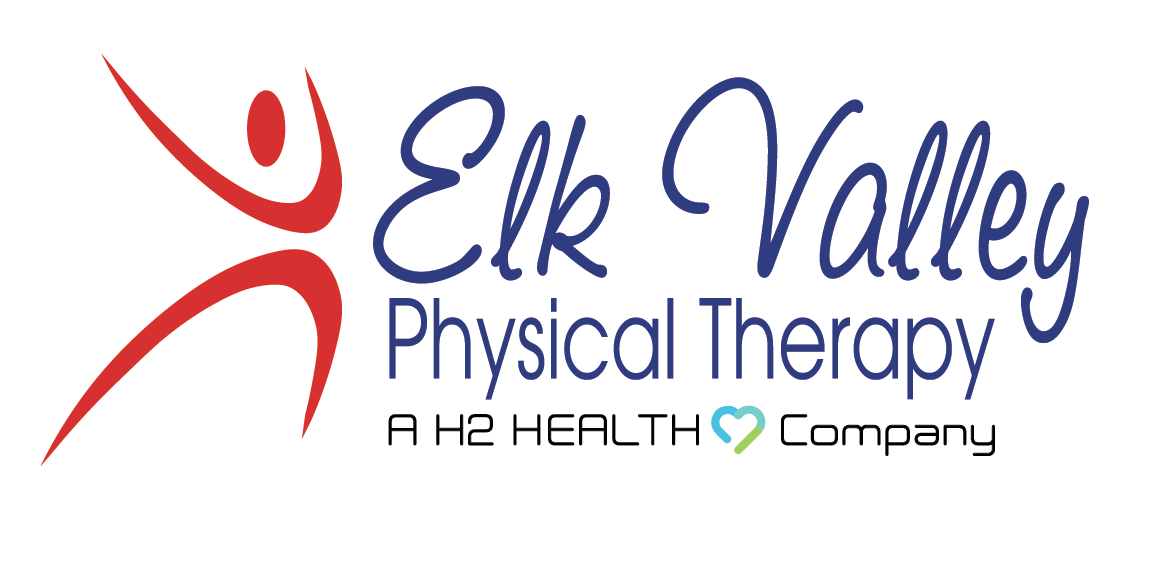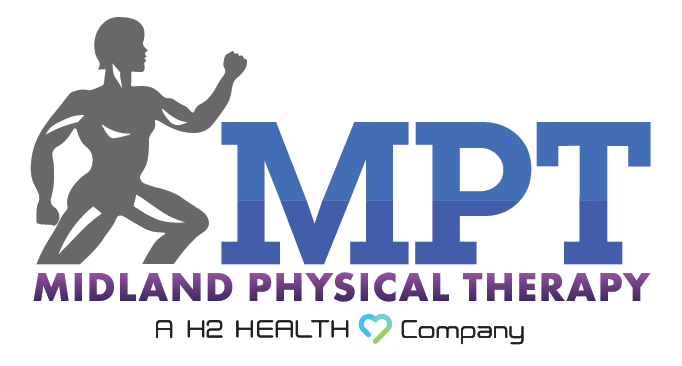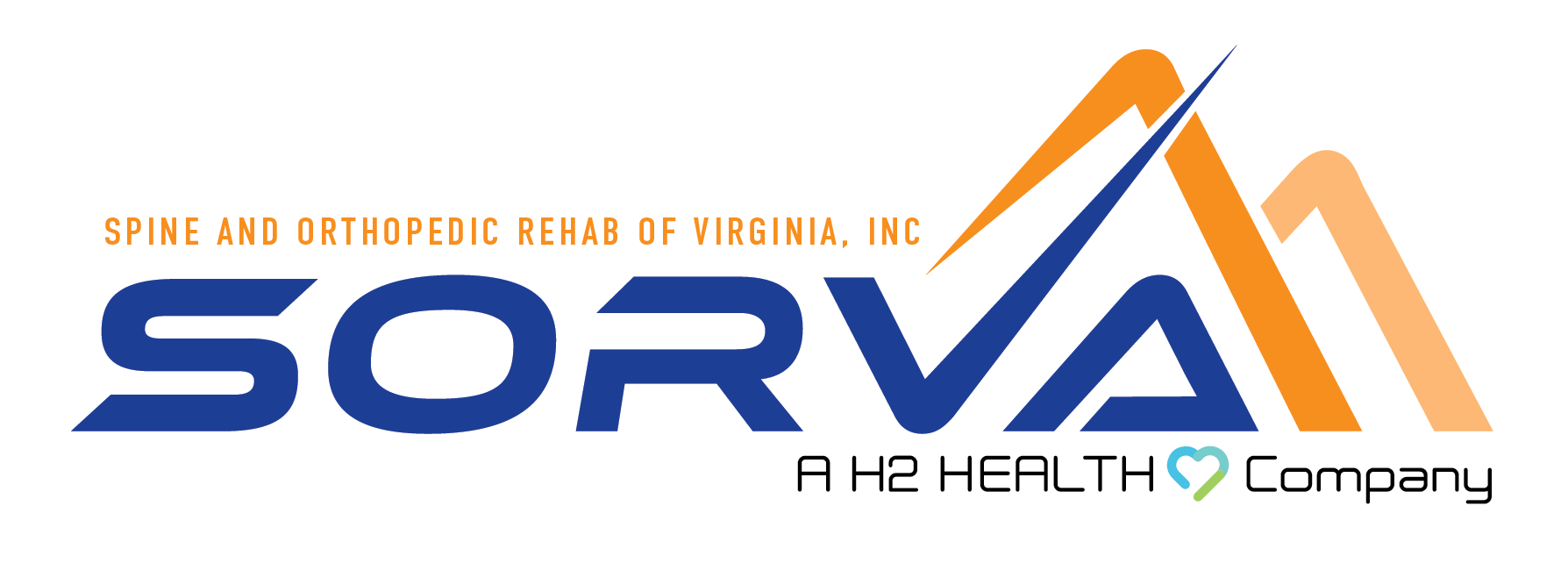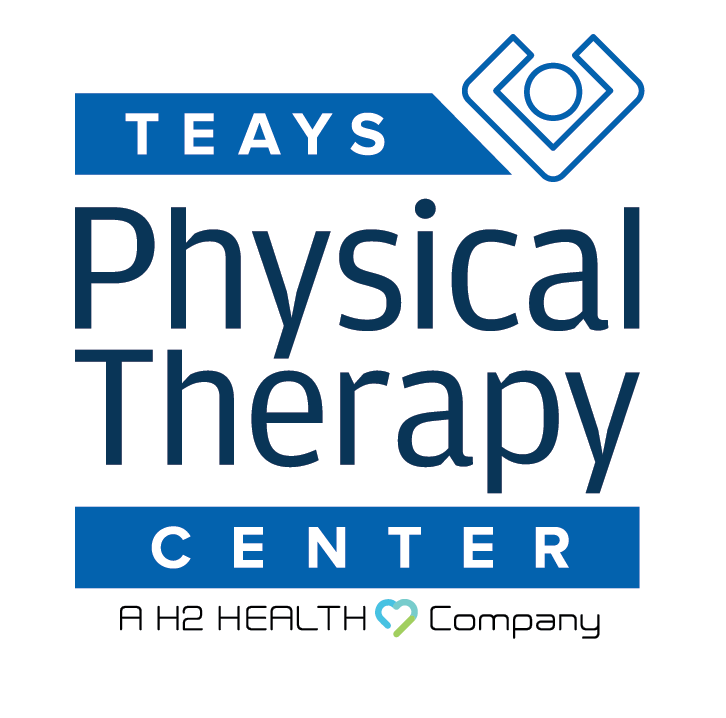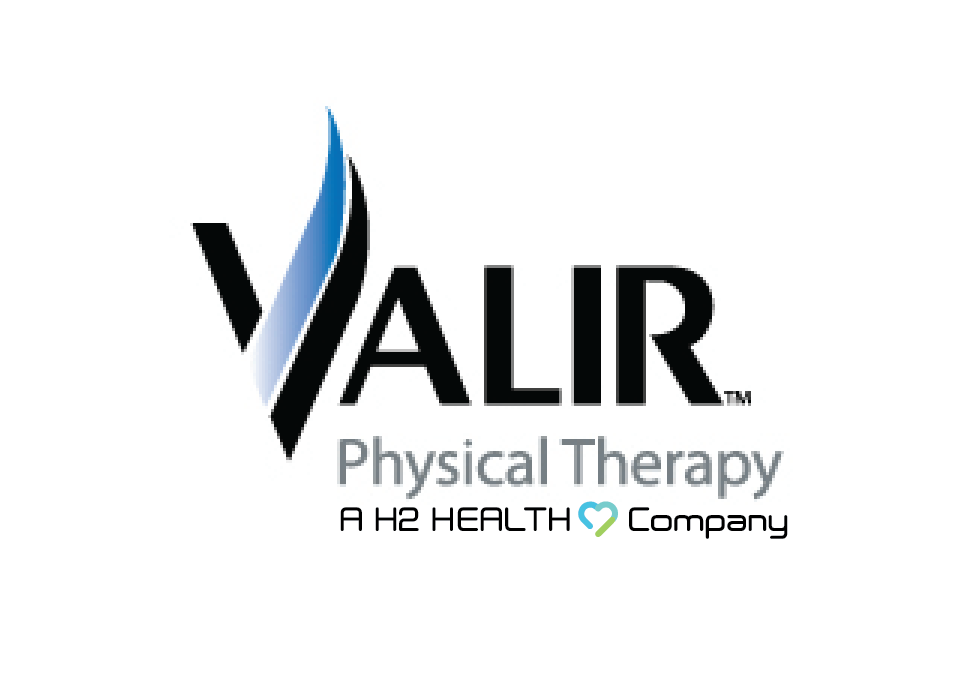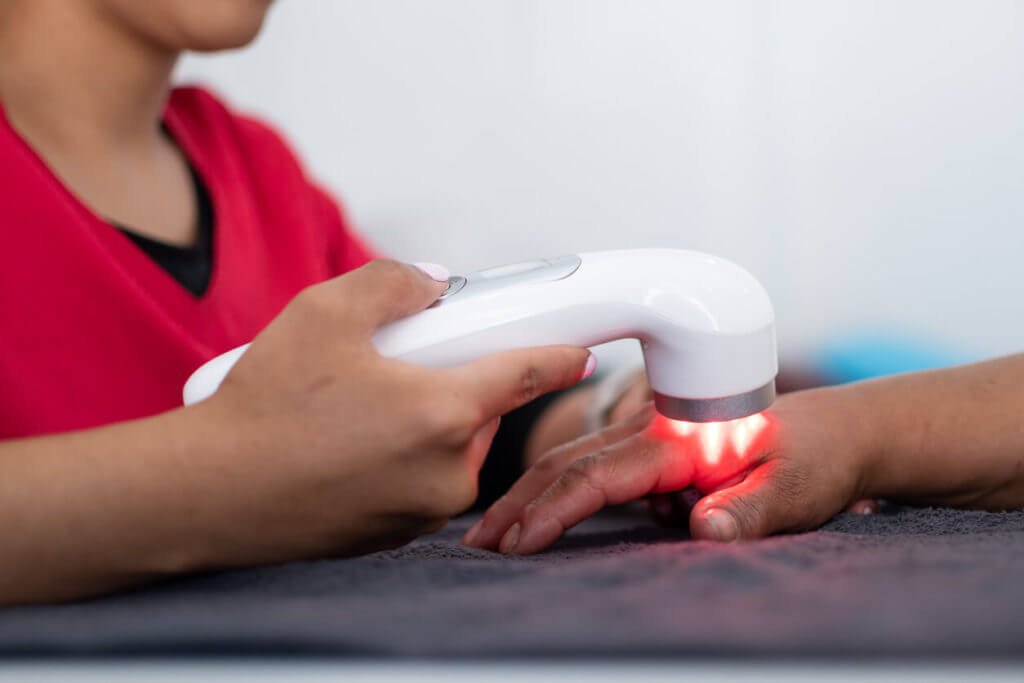
When you think of pain relief, you might immediately think of taking medication or applying a topical cream. But have you ever considered the power of light therapy?
Light therapy, specifically infrared therapy, has been gaining popularity in recent years as an effective way to alleviate pain and inflammation. But how exactly does it work?
Let’s explore the science behind infrared therapy and why it’s becoming a go-to for those seeking natural, non-invasive pain relief.
What is Infrared Therapy?
Infrared therapy, also known as infrared light therapy, uses infrared light to penetrate the body’s tissues to promote healing and reduce inflammation.
Infrared light is a type of light that falls in the electromagnetic spectrum between visible light and radio waves. It has longer wavelengths than visible light, which means it can penetrate deeper into tissues.
Infrared light is the warmth we feel when exposed to the sun, and our skin naturally emits this type of heat daily. Unlike ultraviolet light, known for its harmful effects on body tissues and cells, infrared light aids in cellular regeneration and repair.
How Does This Infrared Therapy Work?
Infrared therapy works by penetrating the inner layers of the skin, reaching as deep as 2 to 7 centimeters. This allows it to affect muscles, nerves, and even bones. Particularly, infrared light with wavelengths from 700 to 1,000 nanometers has been shown to be effective in healing inflammatory conditions.
Upon absorption, infrared light triggers a series of metabolic events at a cellular level. One key molecule involved is nitric oxide, a cell signaling molecule that helps relax arteries, fights free radicals, prevents platelet clumping, and regulates blood pressure.
This leads to enhanced blood circulation, delivering essential nutrients and oxygen to damaged and injured tissues, thus promoting cellular function, tissue regeneration, and repair.
Moreover, once absorbed, the infrared light energy is converted into cellular energy. This energy stimulates the mitochondria – the powerhouse of the cell – to produce more adenosine triphosphate (ATP), which is essentially the fuel our cells use to function.
With more ATP, cells can work more efficiently. They can repair damage, regenerate themselves, and function optimally. This enhanced cell function leads to various therapeutic effects, such as reduced inflammation, pain relief, increased circulation, and accelerated healing.
Efficacy of Infrared Therapy
A study explored the impact of infrared therapy treatment on patients suffering from knee osteoarthritis.
The study involved the application of infrared light to the affected area, which penetrates deep into the body, reaching muscles, nerves, and even bones. The researchers found significant reductions in pain for those who received infrared treatment compared to those who did not.
This suggests that infrared therapy can be a beneficial addition to pain management strategies for individuals with knee osteoarthritis, improving their quality of life without the side effects associated with many conventional pain relief methods.
In another study published in 2020, the effects of infrared therapy on patients with lower back pain were examined. The results showed that those who received infrared therapy exhibited improved mobility and reduced levels of lower back pain with no adverse effects.
This study underscores the potential of infrared therapy as a viable treatment option for lower back pain, offering a non-invasive and safe alternative or supplement to traditional pain relief methods.
How Infrared Light Therapy Helps with Pain and Inflammation
Pain relief is one of the most notable benefits of infrared therapy. When the body absorbs infrared light, it stimulates the production of endorphins, the natural painkillers produced by our bodies. These endorphins can help reduce pain and discomfort from a variety of conditions, including arthritis, muscle strains, and joint pain.
In addition to pain relief, infrared therapy also helps reduce inflammation. Inflammation is the body’s natural response to injury or infection, but chronic inflammation can lead to various health problems. By improving circulation and promoting cellular repair, infrared therapy can help manage inflammation and speed up the healing process.
Infrared therapy has also been shown to stimulate collagen production – a protein found in our bones, skin, tendons, and ligaments that provides structure and support. Collagen production decreases as we age, leading to wrinkles and joint pain. By stimulating collagen production with infrared therapy, we can help restore some of this lost support and reduce joint pain.
Physical Rehab Center Near Me
Infrared therapy may seem like a simple treatment, but its effects on pain and inflammation are profound. By stimulating nitric oxide production, increasing blood flow, and promoting collagen production, infrared light therapy has the potential to relieve pain and inflammation.
If you’re looking for a natural way to alleviate your pain and discomfort, consider giving infrared therapy a try. At H2 Health, we have a team of highly trained and skilled therapists who offer infrared light therapy to provide significant pain relief and reduce swelling. We use infrared light therapy as a part of our comprehensive chronic pain management plan.
For more information about infrared light therapy, reach out to our physical rehab centers providing infrared light therapy or book your visit online. We look forward to serving you!














